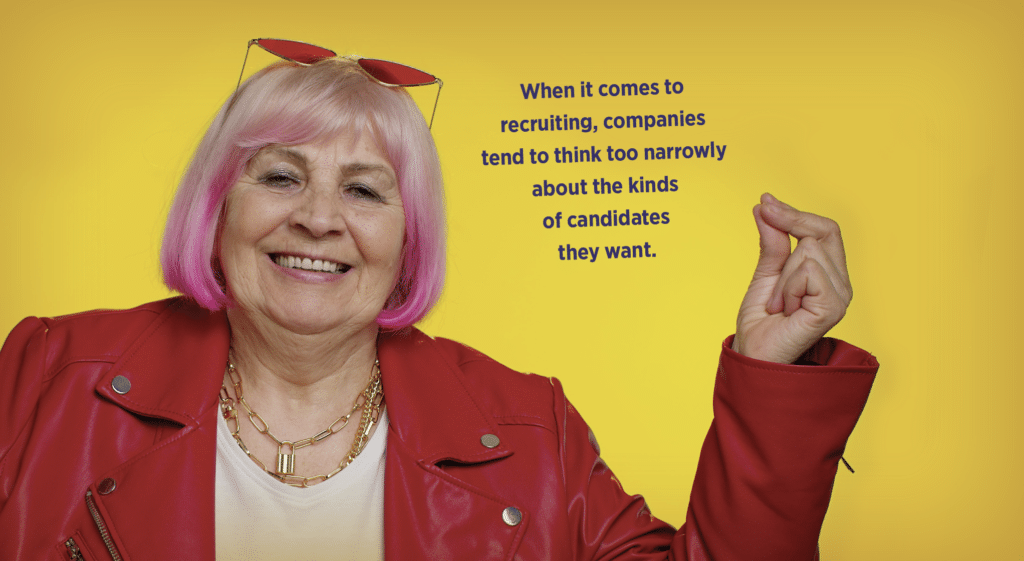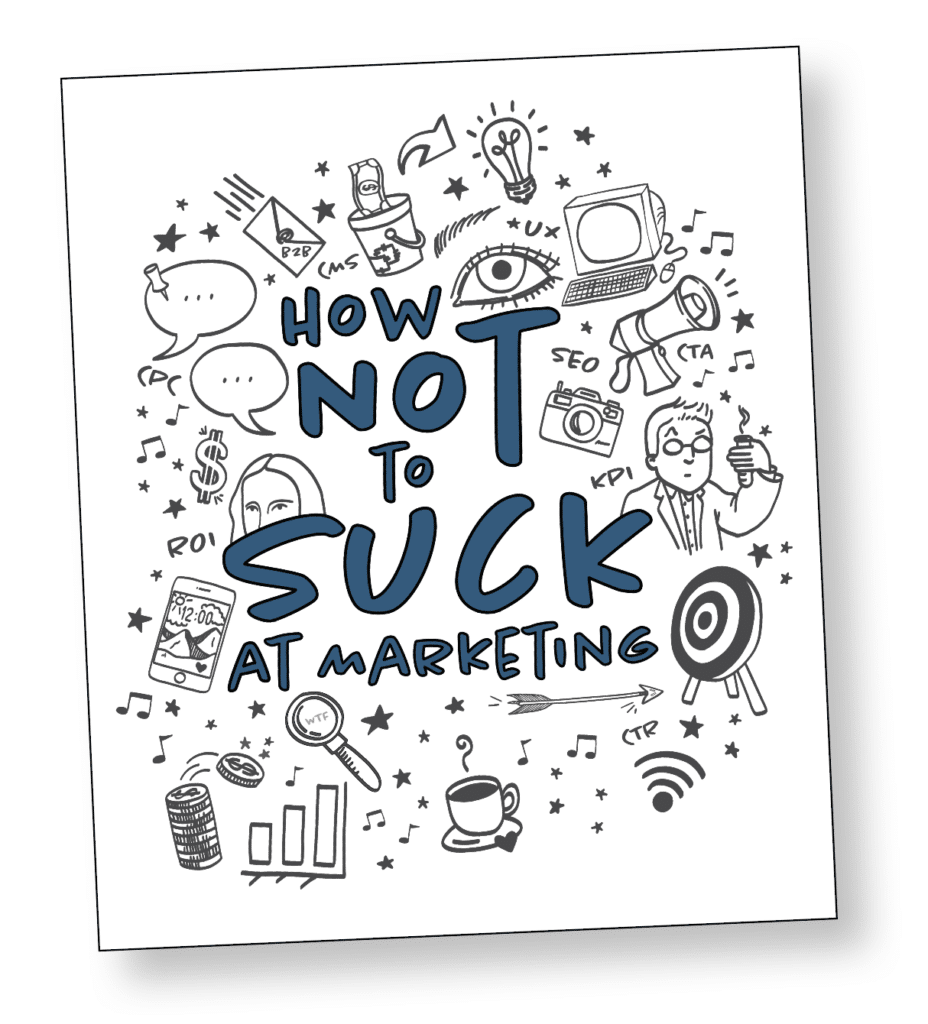Like many rock stars, Bruce Springsteen was inducted into the Rock and Roll Hall of Fame in 1999. However, he was inducted as a solo artist. This was very controversial because he rose to fame playing with the E Street Band. Many felt they should have all been inducted together, and that Bruce should not have accepted the award as a solo artist.
Fast forward to 2014: the E Street Band finally got inducted into the Rock and Roll Hall of Fame. In his speech inducting the band, Bruce said this:
“I told a story with the E Street Band that was, and is, bigger than I ever could have told on my own. And I believe that settles that question.
“But that is the hallmark of a rock and roll band — the narrative you tell together is bigger than anyone could have told on your own. That’s the Rolling Stones; the Sex Pistols; that’s Bob Marley and the Wailers. That’s James Brown and His Famous Flames. That’s Neil Young and Crazy Horse.
“So, I thank you my beautiful men and women of E Street. You made me dream and love bigger than I could have ever without you.”1
Bruce’s message is clear: his success was propelled by the band he had around him.
I think about building marketing teams similarly. When I started moving up into a management role, I quickly learned that my success had less to do with me and more to do with how good a team I could build around me.
In Jay Elliott’s book Leading Apple with Steve Jobs, Jobs makes the statement: “I noticed that the dynamic range between what an average person could accomplish and what the best person could accomplish was 50 or 100 to 1… A small team of A+ players can run circles around a giant team of B and C players.”
Steve Jobs was right about a lot of things. But I think he’s really right about hiring A+ players.
At a previous job, I was brought in to lead a marketing team, and most of the key players were already in place. As I transitioned into the business, I quickly realized we didn’t have the right people. In some cases, they didn’t have the skills; in other cases, they didn’t have enough experience. Some just didn’t have the right attitude.
Unfortunately, I was a bit slow to make a change, so I would just end up doing people’s work for them. This went on for several months until I reached a breaking point. I was overwhelmed and not getting anything done.
I talked to my boss about it and explained the situation. He immediately said I should fire the people who weren’t working out and bring in better people. I agreed but suggested that maybe we should give them one more chance.
“Jeff,” he said, “I’ve never fired someone and then said that I wished I’d waited longer.”
That’s good advice. So I made the decision to let a few people on the team go. I knew it would make my job more challenging in the near term, but it was the right thing to do for the company.
Over the next few months, I was able to recruit a few new people to the team who were total rock stars. Once they got up and running, they took a ton of work off my plate, and suddenly we were executing at a much higher level than ever before. They helped me get out of the weeds so I could focus on more of the strategic planning.
These people were the critical pieces of the band that I was missing. Once they were in place, we were rocking! Just like Springsteen, having the right band made me better than I could ever be on my own.
When I started moving up into a management role, I quickly learned that my success had less to do with me and more to do with how good a team I could build around me.
How to Build the Band
Here are some things being said at this very moment in marketing departments all around the globe:
- We need some new ideas
- We have to think outside the box
- We have to break the paradigm
- What got us here won’t get us where we want to be
Sound familiar? You’ve probably heard someone say things like this, or maybe you’ve even said it yourself. It seems there’s universal acknowledgement that the current state is never good enough. You have to continue to change, grow, adapt, and innovate.
Recognizing the need for new ideas is the easy part. The hard part is figuring out what to do about it.

I’ve spoken about this with many colleagues, and we generally agree that when you need new ideas, oftentimes you have to look outside your organization. You have to bring in talent that will infuse new ideas into your company.
But that’s not always an easy task.
When it comes to recruiting, companies tend to think too narrowly about the kinds of candidates they want. Just look at any job board out there, and you’ll see a list of “musts”:
- Must have eight years of experience
- Must have an MBA
- Must have category experience
- Must have B2B marketing experience
These requirements actually screen out the kind of big thinkers that companies want to recruit, so you just end up seeing the same kinds of candidates. And then guess what happens? You end up hiring the same kinds of people with the same old ideas.
Then you sit around and wonder, “Why aren’t we moving the business forward? Why aren’t we growing revenue?”
Then maybe you fire the ad agency. Maybe the CMO loses his or her job. But you never get the new Big Ideas that you’re looking for.
What do you do about this?
Well, I don’t claim to know everything about anything. I’m a generalist who’s had a career that has given me broad experience across brands and categories, B2B and B2C, traditional and digital, client- and agency-side.

Despite being a generalist, I have had great success over my career assembling high-performing teams that helped build brands, enable a sales force, and grow revenue.
I think the key to our success has had everything to do with the kind of people we bring onto the team. We’ve hired people who don’t fit a set mold, people who didn’t have traditional experience working in a specific industry.
I don’t mean to disparage people who are specialists or subject-matter experts. There are many industries that probably require a specialized skill set. But there are also many that don’t, where learning curves are less steep and general marketing skills are easily transferable.
When we hire, we look for what I call “marketing rock stars.” These are people who are more generalists than specialists. Their experiences are very broad, so they bring lots of different ideas to the table. They’re creative. They’re collaborative. They have the ability to stretch.
Most of all, they have no preconceived notions of the “formula” to solve a specific business problem. They’re able to look at the challenge, develop a strategy, and then bring a complete arsenal of marketing tactics to help solve that problem. Many times, they can bring ideas from different fields that we can transfer to our company.
If you really want new ideas, you have to hire people who actually have new ideas. And you won’t find a top-notch marketing rock star with a standard job description.
Hire Fast
I’ve done a lot of recruiting over the years. One key lesson I’ve learned is that in this competitive market, you have to move fast. The conventional wisdom used to be “hire slow, fire fast” and I definitely believed it. In the past, I would be cautious when making a hire. I wanted to get it right so I would usually do extensive interviewing, have the candidate come in and meet the entire team, check references, and more.
But recently I’d noticed my process was causing me to miss out on some good candidates. I’d be ready to move forward with an offer, only to find the candidate had just accepted a job at another company. This happened to me several times recently.
Atlanta is a very hot market right now, and it seems like every company out there is hiring, so it’s becoming harder to find top talent. I got tired of being “left at the altar,” so I adjusted my strategy and increased the pace of the recruiting process. If I like a candidate who is actively talking to other companies, I’ll quickly move forward with an offer—even a verbal offer on the spot after the interview.
I found out one recent candidate was about to interview with the CMO of another company, so I moved fast to get an offer in front of her before that interview. She ended up cancelling the interview with the other CMO and accepted the job.
Another strategy is to find the talent before they’re actually “on the market.” Recently, I was in the audience at an event for a technology accelerator called Techstars, and they played a video about the organization’s team. They featured a woman with the title “Content and Brand Strategy.” At the time, I was actively searching for someone with that kind of skillset. I looked her up on LinkedIn and sent her a message asking if she would be interested in learning about ParkMobile. A few days later, we met for lunch, and we quickly made her an offer. From the day I met her to the job offer, the entire process took only about two weeks.
In this competitive job market, you have to move fast. Great candidates won’t be on the market long, but you can find those candidates before they even start looking for a job.
Bringing the Band Together
You’ve assembled the band. You have all the right pieces in place. But how do you turn a group of individual contributors into a band that goes on stage and rocks out in front of an audience of 30,000 screaming fans?
Just hiring the right people does not guarantee you will have a strong team. As the leader, you have to invest time and energy into bringing that team together and making sure the sum is greater than the parts. How do you do that? Let’s explore some strategies to build high-performing teams.
Understanding Different Communication Styles
As a leader you need to learn to understand the people on your team, but you also need to make sure the people on your team really understand each other. A great way to do this is through a personality test. I personally have had great success with the DISC assessment. I’ve also done the Birkman and Myers-Briggs. These tests provide unique insights about the people on your team and help you understand communication styles, motivations, and more. These assessments have helped me understand how to manage and communicate with my direct reports, and they also show team members how to interact with each other.
There are many professional facilitators who can administer these tests and run a session with the team to explain the findings. It’s always very eye-opening to see your team members receive their reports and learn things about themselves they might not have known.
In a previous job, I did the DISC assessment with the sales team I was managing. The DISC basically puts people into four key quadrants based on communication style:
- Dominance: Direct, results-oriented, firm, strong-willed, forceful
- Influence: Outgoing, enthusiastic, optimistic, high-spirited, lively
- Conscientiousness: Analytical, reserved, precise, private, systematic
- Steadiness: Even-tempered, accommodating, patient, humble, tactful
As expected, most of the salespeople were in either the “Dominance” or “Influence” quadrants in the test. This is pretty typical with salespeople. They tend to be more aggressive, outgoing, and extroverted. They all like to talk over each other. When you’re around a group of salespeople, you often feel like you’re fighting for airtime.
Interestingly, one sales rep was in the “C” quadrant (Conscientiousness). He was much quieter than the rest of the team, but he was very effective. In fact, he was at the top of the leaderboard, generating the most revenue that year. The reason was that as a “C” he was a much better listener than the other reps; many of the “D” and “I” reps would spend an entire sales call talking at their prospects. The “C” rep would ask probing questions and let his prospects do the talking.
As a team, we talked about what this meant for our dynamic. The “D” and “I” reps realized that they would have to do more to include the “C” rep in team conversations. As one person said, “He’s not just going to jump in and tell us what he thinks. But if we ask him questions and bring him into the conversation, he’ll have really good things to say.”
This was eye-opening for everyone and really helped us as a team. We better understood that not all people communicate in the same way, and we learned how to do a better job communicating with each other. Many of the “D” and “I” reps were also more aware of their tendency to steamroll conversations. The “C” rep learned that he had to do more to speak up and make sure his voice was heard in team meetings.
Overall, doing the DISC assessment really helped bring us together as a team and improved the way we communicated with each other.
Getting Below the Surface
In the past, I’ve worked on teams where it’s all business all the time. You don’t really get to know your co-workers. People are really guarded. There’s a wall between the personal and the professional.
I totally understand employees not wanting to bring their personal baggage to work. But it’s important to remember that most of us spend the vast majority of our week with our co-workers. That’s a lot of time to be with people who aren’t your good friends or family. And if you don’t take the time to get to know each other, your work environment (where you spend eight or more hours a day) probably won’t be very fun. We all have to go to work every day. You might as well go someplace where you enjoy being around the people.
From what I’ve found, teams that are more open with each other are higher performing. You feel connected at a much deeper level. You want to support each other because you see your team members as real people, not just boxes on an org chart.
One exercise I’ve done at team offsites is having everyone bring in a 1-page photo collage that illustrates themselves. Whenever I do this, I’m always amazed by what I learn about the people I’m working with. People share their hobbies and interests and tell stories about their friends and family. Sometimes it can get a bit emotional, but it is a great way to build team unity.
shutterstock / anna om; iStock / Andrii Lemelyanenko




